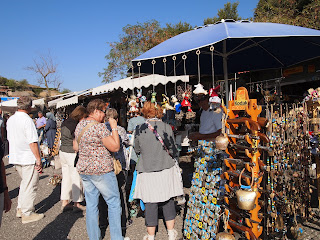Venice (Italian: Venezia) is a unique city in the world. This sanctuary on a lagoon is virtually the same as it was six hundred years ago, which adds to the fascinating character. Venice has decayed since its heyday and is heavily touristed (there are slightly more tourists than residents), but the romantic charm remains.
Because Venice is on a lagoon, the water plays a crucial role in transportation. Whichever way you arrive, the last part of your journey will be on foot from the nearest waterbus/watertaxi jetty. If you need to carry or wheel bags along the narrow streets, bear this in mind when chosing your hotel location and route to it.
St Mark's Square Napoleon is supposed to have called this lovely square 'Europe's drawing room'. It is venice's principal open space, but increasingly often, as the rising sea threatens to engulf the frafile city, it might be moe accurately described as Europe's paddling pool.
Basilica di San Marco
If you are looking for something to do, you can always shop. Venice is packed full of little stores in every corner and crevice. The commonest local specialties are Carnival masks, glass, and marbled paper. Price can vary wildly, so it's a good idea to hold off buying until you have a fair idea about the relative value of things. As is the case with most tourist cities, a LOT of the "original " and "made in Venice" items are actually made in China.
One of Venice's trademark foods is cuttlefish and its ink. This intense black ink serves as a sauce and ingredient for polenta (corn meal), risotto (rice), and pasta. These dishes are normally indicated by the Italian words "nella seppia" (in cuttlefish), "alla seppia" (in the style of cuttlefish), or "nero di seppia," (black of the cuttlefish).
Taking a gondola ride through the canals of Venice can be very romantic, but it can also be costly.
Rialto Bridge has become one of Venice's most recognizable icons and has a history that spans over 800 years. Today's Rialto Bridge was completed in 1591 and was used to replace a wooden bridge that collapsed in 1524.










































.JPG)




















